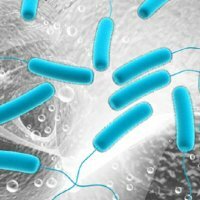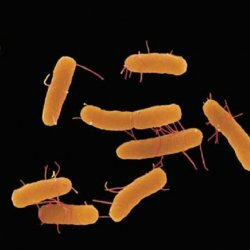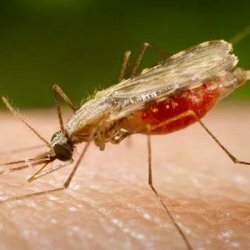Pseudomonas aeruginosa: symptoms

Pseudomonas aeruginosa sharply differs from other similar bacteria precisely by its incredible resistance to various antimicrobial agents. This type of bacteria, which is common in soil, water, and sewage, can cause serious infectious diseases in the human body. For a human body, such a bacterium is conditionally pathogenic, since not in all cases when it is introduced into the body, it causes disease. In addition, sometimes Pseudomonas aeruginosa even enters the skin or microflora of the mucosa. It is in these cases that this kind of bacteria provokes one or another disease. Consider the symptoms of diseases caused by Pseudomonas aeruginosa.
Symptoms caused by Pseudomonas aeruginosa
It is believed that this bacillus is activated in the body at a high concentration, as well as in cases when the patient has immunosuppression, immunodeficiency, in people weakened, depleted, suffering serious illnesses or in newborns. It can be inferred, given these components, that infection with Pseudomonas aeruginosa in most cases occurs exactly in the hospital, so it is often called an intrahospital infection.
A nosocomial( hospital) infection is mainly transmitted through household items already infected, towels or solutions, and sometimes through tools or equipment that are not adequately treated with disinfectants. Quite often the source of infection is a sick person. In such cases, Pseudomonas aeruginosa is usually found in cystitis, abscesses, purulent wounds and enteritis, as well as in the defeat of the respiratory tract.
Pseudomonas aeruginosa most often affects the urinary tract. The main symptom in this case is the patient's dysfunction of kidney function. The patient may develop urethritis, pyelonephritis, and also acute or chronic cystitis. Quite often Pseudomonas aeruginosa is found in streets that have been treated in urological inpatient departments. Often this infection affects patients who have undergone surgical interventions on the bladder, as well as the ureters or on the kidneys.
Also quite often this infection affects the ENT organs. In this case, this infectious disease is manifested by rhinitis, otitis, bronchitis, sinusitis, adenoiditis and frontal sinuses. Also, Pseudomonas aeruginosa can manifest itself and lesions of tissues, for example, with gangrene, developed against a background of diabetes or with a trophic ulcer, such a stick is always found in the patient. If a patient is found to have bedsores, inadequate care for such a person often leads to infection with Pseudomonas aeruginosa. Quite often, this infection penetrates the human body through the wound surface of burns, as well as with microbial eczema, furunculosis, and abscesses.
Pseudomonas aeruginosa also affects the gastrointestinal tract, while showing disbacteriosis, colitis and eneters. Such diseases are difficult to treat, especially those children who have suffered a serious illness in the hospital.
The main feature of this wand is that quite often the infections that it causes, pass without symptoms and are detected much later, during the examination by a specialist. But such an insidious bacterium can be treated only at the initial stage. Infections that become chronic, can not be cured.



